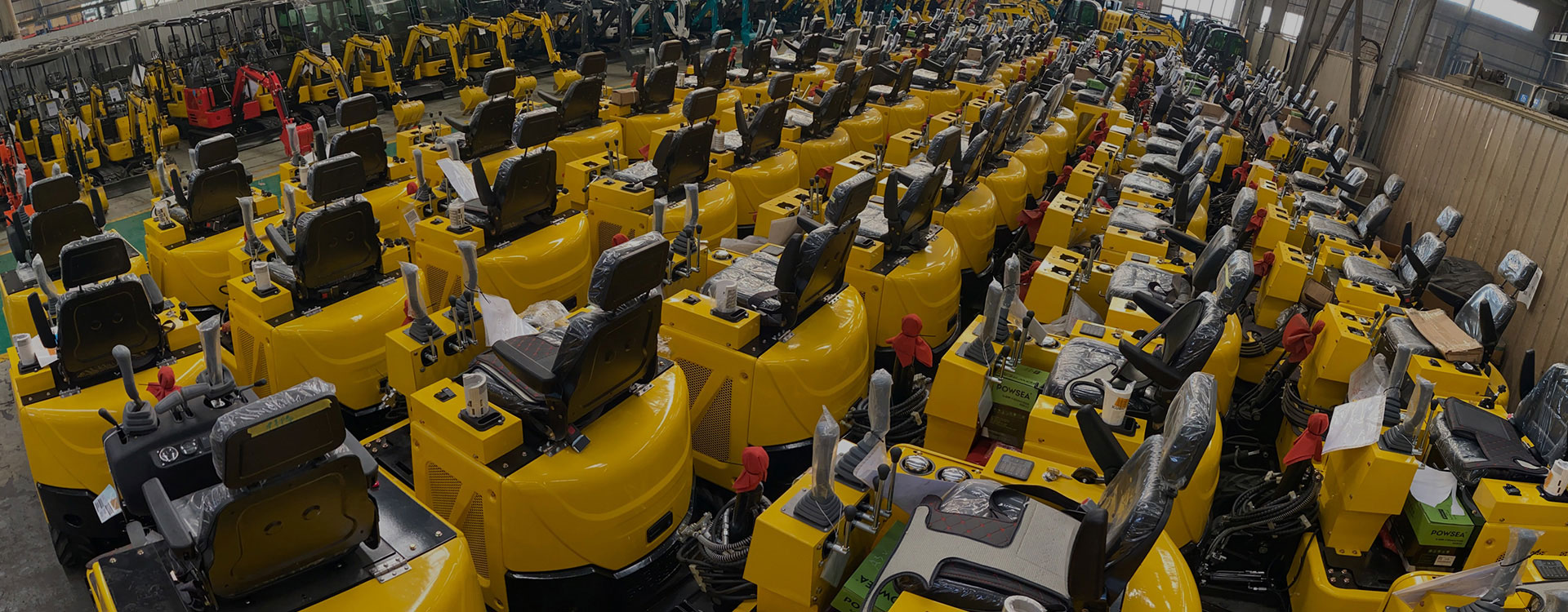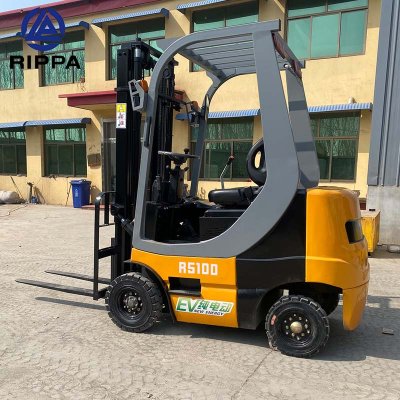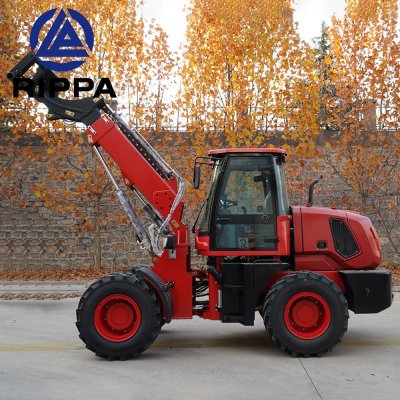Skid steers: rent or purchase?
In the construction machinery market, skid steer loaders are the main equipment for many projects. Whether it's a short-term construction task or a long-term operating plan, the key question for companies is: Is it more profitable to rent a skid-steer loader or buy one?
Advantages of renting a skid steer
- Flexible cost and low threshold
Leasing avoids large one-time investments and is suitable for companies with limited funds or short project cycles.
- Reduced maintenance responsibilities
Landlords are usually responsible for the daily care and maintenance of the equipment, which reduces the risk of using it.
- Quick device model update
As technology advances, leasing can flexibly replace new models and increase project efficiency.
Advantages of buying a skid steer loader on your own
- Good long-term economic performance
With frequent use throughout the year, the purchase cost is diluted and becomes more cost-effective.
- Maintain autonomous control
Self-purchased equipment can be equipped with a RIPPA maintenance plan according to the specific needs of the company to extend the life of the equipment.
- Clear ownership of assets
Provide enterprises with fixed assets to facilitate management and long-term planning.
Lease and Title Valuation Based on RIPPA Principles
1. Reducing the number of bounces
- Leasing: Rely on the lessee to perform standardized maintenance to reduce the risk of failure.
- Self-Purchase: Self-service preventive maintenance, such as regular oil changes and maintenance, to reduce failure rates.
2. Inspect
- Leasing: the equipment is inspected by the leasing company, and the customer also needs to check the status of the transfer.
- Self-purchase: Businesses can conduct regular inspections of skid steers and promptly troubleshoot if they are found.
3. Protect
- Rental: Protect equipment during use and avoid additional compensation for damage at the end of the lease period.
- Self-procurement: More stringent protection measures such as rust prevention, corrosion prevention, and work environment management can be developed.
4. Prepare
- Leasing: Maintenance resources are prepared by the leasing company, and the company focuses on construction tasks.
- Self-purchase: You need to prepare your own spare parts and maintenance tools to ensure that the equipment is in good condition.
5. Take action
- Rental: In case of a malfunction, it is possible to quickly contact the rental company to fix it, but the response time can be increased.
- Self-purchase: Thanks to the maintenance team, we can act quickly and reduce downtime.
Conclusion: Should You Rent a Skid Steer Loader or Buy One?
- If the project period is short or funds are limited, renting a skid steer loader is a more flexible and cost-effective option, and it also reduces the maintenance burden.
- If the equipment is used frequently and the company has a well-established maintenance system, buying a skid steer loader will provide more long-term benefits in terms of cost and control.
In line with RIPPA principles, clarifying maintenance responsibilities and plans is a key consideration for both leases and purchases. Only by choosing a solution that fits your production and financial conditions can you maximize the value of your skid steer loader.



